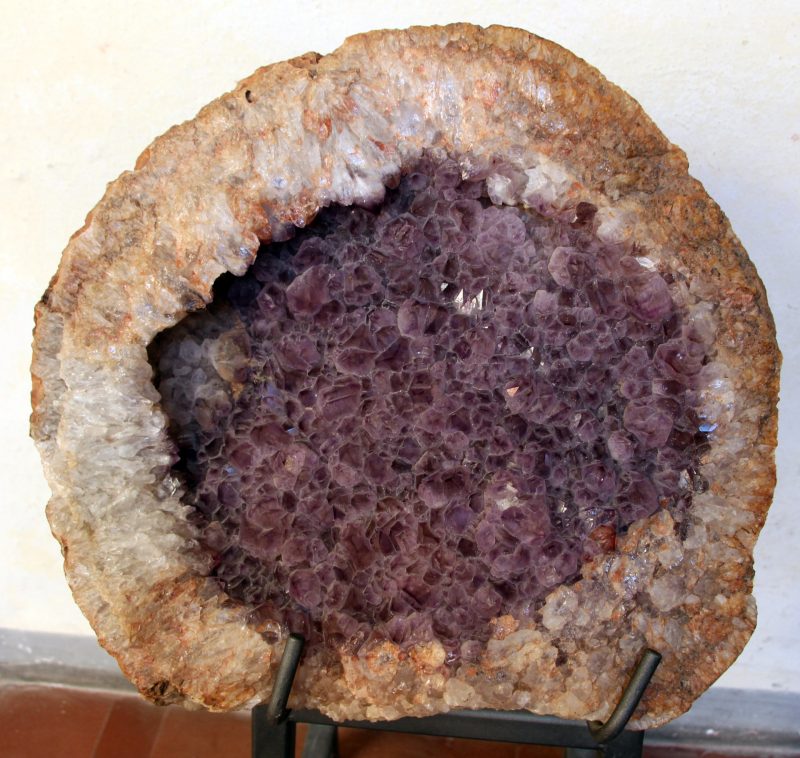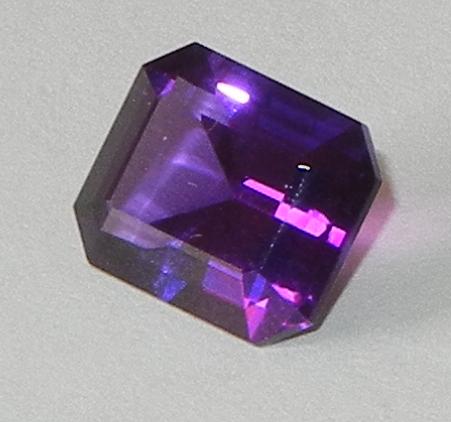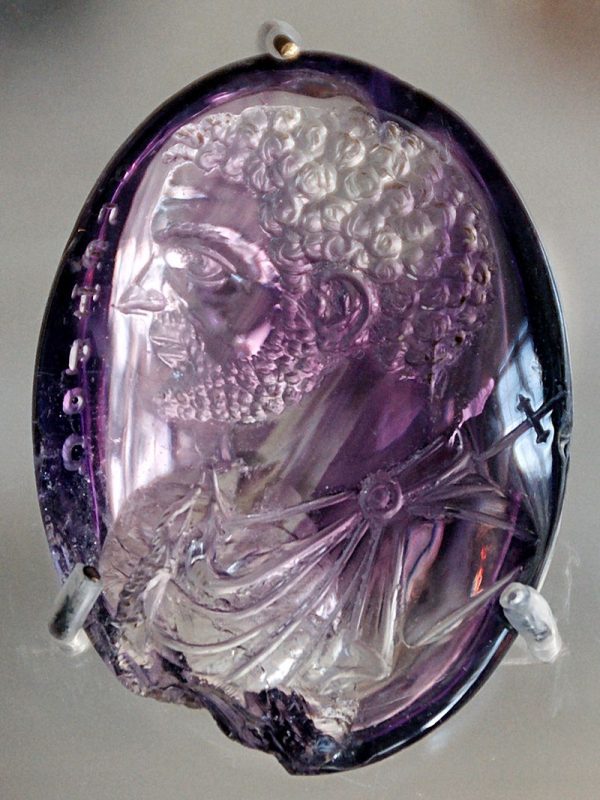
The February birthstone: The amethyst
As a matter of fact, amethysts contain the second most abundant mineral found in Earth’s crust: quartz. And quartz is often found lining the insides of geodes, which form near sites of volcanic activity. So it’s no wonder that geodes sometimes contain amethysts, and some amethyst geodes are amazingly large.
Like quartz, amethysts are a transparent form of silicon dioxide (SiO2). An amethyst’s color can range from a faint mauve to a rich purple. But where does the color come from? Some scientists believe the purple color arises from the amethysts’ iron oxide content, while others attribute the color to manganese or hydrocarbons.
Also, amethysts are very sensitive to heat. When heated to about 750 to 900 degrees Fahrenheit (400 or 500 degrees Celsius), an amethyst’s color changes to brownish-yellow or red. Then, under some circumstances, the stones turn green when heated. In fact, heat may even transform an amethyst into a naturally rare yellow mineral called citrine. And even without heating, the violet color of amethyst may fade over time.

Commercial sources of amethyst are Brazil and Uruguay, and Arizona and North Carolina are the source of gem quality amethyst.

February birthstone lore
The amethyst has a rich history of lore and legend, traceable back to 25,000 years ago in France, where it was a decorative stone used by prehistoric humans. It has also been found among the remains from the Neolithic era.
It’s said that the signet ring worn by Cleopatra was an amethyst engraved with the figure of Mithra, a Persian deity symbolizing the Divine Idea, Source of Light and Life.
Saint Valentine supposedly wore an amethyst engraved with the figure of his assistant, Cupid. Also, Saint Valentine’s Day is in February.

The early Egyptians believed that the amethyst possessed good powers and placed the stones in the tombs of pharaohs. During the Middle Ages, amethyst was used as an amulet to dispel sleep, sharpen intellect, and protect the wearer from sorcery. It was also believed to bring victory in battle. In Arabian mythology, amethyst was supposed to protect the wearer from bad dreams and gout.
Amethyst means not drunk
The word amethyst comes from the Greek word “amethystos,” meaning “not drunk,” and so myths say it prevents its wearers from becoming intoxicated. The following is a story from Greco-Roman mythology, as quoted from “Birthstones” by Willard Heaps:
Bacchus, the god of wine in classical mythology, was offended by Diana the huntress. Determined on revenge, he declared that the first person he met as he went through the forest would be eaten by his tigers. As it happened, the first person to cross his path was the beautiful maiden Amethyst on her way to worship at the shrine of Diana. In terror, she called upon the goddess to save her, and before his eyes, Bacchus observed the maiden changed to a pure white, sparkling image of stone.
Realizing his guilt and repenting his cruelty, Bacchus poured grape wine over her, thus giving the stone the exquisite violet hue of the amethyst. The carryover to non-intoxication was quite logical, and in ancient Rome, amethyst cups were used for wine, so drinkers would have no fear of overindulgence.
See the birthstones for the rest of the year
January birthstone
February birthstone
March birthstone
April birthstone
May birthstone
June birthstone
July birthstone
August birthstone
September birthstone
October birthstone
November birthstone
December birthstone
Bottom line: Without a doubt, the purple February birthstone, the amethyst, has a colorful and interesting history.











